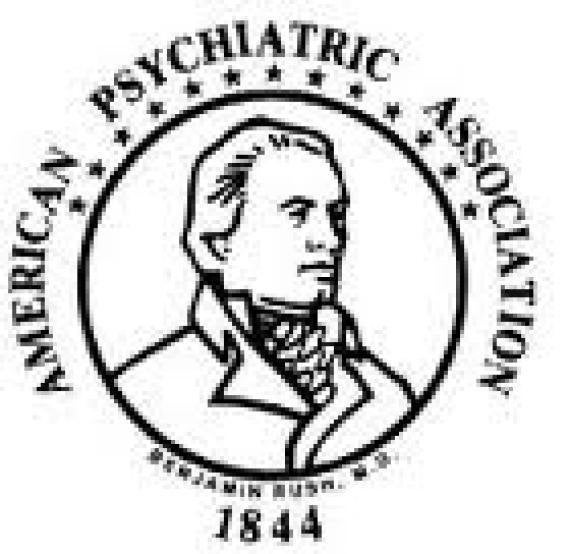
Two weeks ago the Trustees of the American Psychiatric Association made the serious mistake of approving and rushing to press a DSM-5 that has many unsafe and untested suggestions. The reaction has been unexpectedly heated: dozens of extremely negative news stories, many highly critical blogs and a number of calls for a DSM-5 boycott in the U.S., England, France, Australia, Spain and Italy.
I have since written two blogs. The first, "DSM-5 Is a Guide, Not a Bible: Simply Ignore Its 10 Worst Changes," outlined the reasons why the DSM-5 has failed so badly and warned clinicians and the public about the worst dangers it will pose. The blog must have touched a raw nerve. Despite the fact that I don't know how to use Twitter or Facebook or do whatever it is that people do to promote a blog, this one was a popular view on The Huffington Post and also received 100,000 hits on Psychology Today. This level of concern is not because I am that good a writer; it is all because the DSM-5 is that worrying. The 10 worst changes all flunk the common-sense test. Only highly specialized DSM-5 experts (wearing blinders to possible unintended consequences) could have come up with such risky diagnostic suggestions.
It turned out that I had made one serious omission. Many respondents to my first blog noted that I had left out another DSM-5 change that deserved to be at, or near, the top of the list of its bad ideas. Suzy Chapman has eloquently summarized how the DSM-5 criteria set for somatic symptom disorder is overinclusive, and she has outlined the harms that may result. The DSM-5 would turn a significant proportion of medically ill people into psychiatric patients -- somewhere between about 15 and 25 percent of them, depending on the disease. Most of the time, the diagnosis of mental disorder will be incorrect and harmful. Beyond the stigma and hurt that it would cause, encouraging the quick and mistaken reflexive thinking that physical symptoms are really just psychiatric is a big mistake, leading both to missing the underlying medical cause and to overtreating the trumped-up psychiatric problem.
We are at the 11th hour. Is there a last-minute way for the DSM-5 to restore some of its lost credibility and save itself from the widespread rejection and ridicule that is being expressed by clinicians, the public and the press? A great deal of irrevocable damage has been done, but I have four simple suggestions that would help reduce the harm done by the DSM-5 and demonstrate that the APA has regained its integrity.
- The placement of a black-box warning in the text section of each of the dozen or so most controversial changes (e.g., temper dysregulation, grief, minor neurocognitive disorder, adult ADD, somatic, binge eating, behavioral addictions, etc). These would indicate the risks involved, tips on how to avoid overdiagnosis and an admission that the change is a hypothesis to be tested in a living DSM-5 document.
- Criteria sets should have a thorough final review to tighten them and remove ambiguities. If the somatic symptom disorder has gotten this far in such a problematic state, it is likely that many other DSM-5 criteria sets also cry out for careful editing.
- All the texts and criteria sets need a thorough forensic review. If any word in the DSM-5 can possibly be twisted in court, it will be.
- A surveillance mechanism with staff, funding and teeth should be set up to identify and counteract the DSM-5 changes that lead to the fads and excessive treatments I have been warning about.
I know that it is late in the game and that these are band-aids that can only reduce, not totally eliminate, the risks of the DSM-5. But they would constitute a big step forward.
The APA will argue that there is no time. This makes no sense. Everything is happening now, at what seems the last minute, only because the DSM-5 has previously missed every deadline. And the May publication date has been set arbitrarily only to meet the APA's budget projections; there is no reason (except financial ones) that it can't be delayed a few months to allow the APA time to produce a safer DSM-5. The APA is on the spot. It needs to choose between publishing profits and public trust. I believe that radical damage control is in the APA's own best long-term interests. Publishing a problematic DSM-5 will lose it the support of the field and also risk the APA's continuing control of the DSM franchise.
On a personal note, it would be great for me if the APA were to provide its own realistic cautions concerning changes that the DSM-5 leaders have already acknowledged are no more than poorly tested hypotheses. If the APA takes on what should be its own appropriate cautionary responsibility, then I can relinquish my unpleasant role as constant prophet of DSM-5 doom. The sad truth is that all my dire predictions during the past three and a half years have turned out to seriously underestimate the degree to which the DSM-5 could get itself into, and cause, mischief.
My final prediction: Unless the APA takes the time to tighten the DSM-5 and provide it with appropriate cautions, DSM-5 sales will be less than half what is projected. The DSM-5 will likely be a financial as well as a clinical, scientific and artistic flop. The APA has one last act to save the DSM-5 before the curtain drops.
Allen Frances is a professor emeritus at Duke University and was the chairman of the DSM-IV task force.